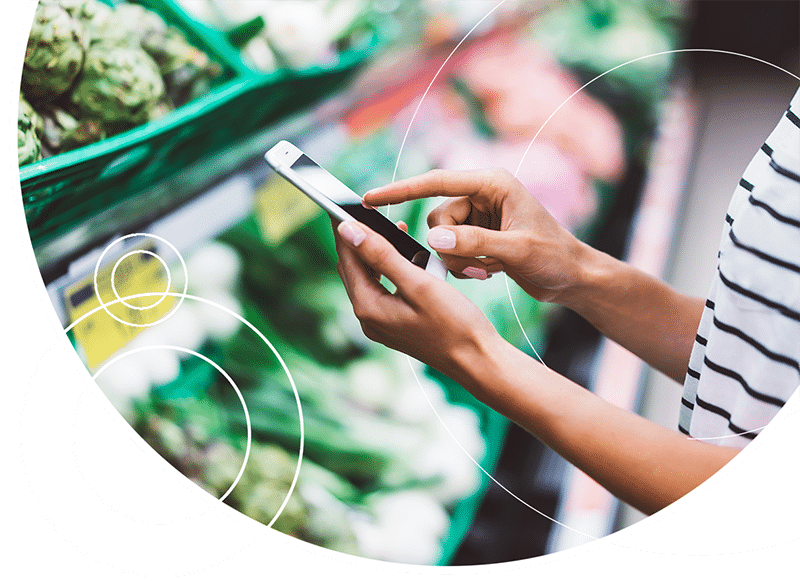I’ve often said that we’re living in an incredible time—one that has seen the single biggest jump in technological advancements in the history of humankind. And with that technological jump we are also seeing how technology has been influenced: It has brought about an era where the end-user now firmly dictates the direction of technology to a never before seen level.
The fact is, that it has created a world where all companies, regardless of industry or vertical markets, are held in stark comparison to one another—creating a continuous pressure that many organizations don’t know how to respond to.
For instance, if you can order your Starbucks coffee through an app and it remembers you, why can’t you log an automobile accident with your insurance company through a mobile app in the same way? For the developers out there, this is not even the same conversation; however, for the general public, the expectation of experience and engagement is exactly the same.
Therefore, if customers expect more and companies need to ante up to survive, what can companies do to remain relevant? It’s this new paradigm that is setting the stage for the next big leap—a leap that lands us squarely into the realm of AI and machine learning.
With AI becoming something far more tangible—in fact a common new reality—app user expectations are vastly expanding with it. They expect much more, such as personalized and predictable performance, leveraging their single-user-profile information and learning what they like, don’t like, and all associated patterns.
For instance, Starbucks introduced its “My Starbucks Barista” mobile app, creating the ability for users to simply tell the app their order and the app places it for them. In a similar fashion, Taco Bell released its app ingeniously named “TacoBot” that goes as far as recommending tailored menu options to increase the personalized experience (I will refrain from adding Taco Bell jokes for the sake of time and lawsuits).
Of course, we cannot mention AI and personalization without the likes of Alexa: the device that’s making the world of Sci-Fi come to life. It’s this and other “smart apps” that are the future of our lives, designed to embody the essence of digital personal assistants.
So what does this mean for retailers? As digital transformation drives business and user experience to new heights and as omni-channel is the new norm for user interaction, retailers need to get on board now—not later … because later is far too late.
The want, need, and desire for highly personalized interaction is already a reality. It’s not something that’s coming, it’s something that is already here and woven firmly into our collective social fabric. At this stage, it will only grow to permeate more and more of our daily lives and habits.
And if you don’t believe the hype (or at least choose not to believe it) just look at the companies that are driving AI. In a recent report by McKinsey, Baidu and Google have spent between $20 billion and $30 billion on AI in just the past 12 months—90% of which was spent on R&D and deployment, with 10% on AI acquisitions to round out their stable of offerings.
This should scare the hell out of all retailers. Case in point: If a customer can initiate a purchase by simply interacting with an Alexa or smart app request—literally yelling a want or desire into the air and it magically appears at one’s door via courier, then it’s best to get into the game now and solidify your spot in the fray. That, or face an uncertain demise.
Think of it this way: do you want your retail legacy to be one that is revered—recognized through the innovation and experience brought to your customers? Or would you rather it was, “Alexa, what was the name of that old retail chain that went out of business? You know the one.”
Your choice.

Andrew Armstrong
Chief Customer Officer
Andrew Armstrong is the Chief Customer Officer at omNovos – working globally with customers to design world-class customer engagement programs. He’s a prolific writer and speaker on topics including customer loyalty, personalization, and retail marketing technologies. Connect with him on LinkedIn or Twitter - his open approach to all topics usually leads to a fun discussion and a few laughs.

